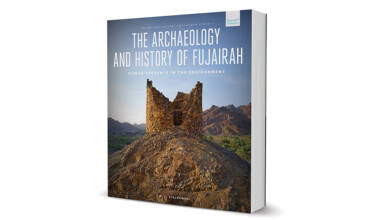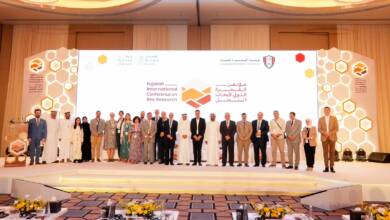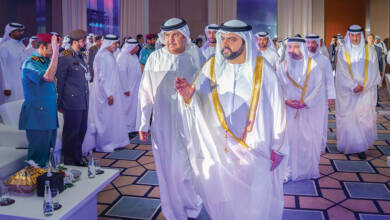For the Holy Month of Ramadan let’s have a look at the history of some of the greatest mosques.
The first one we are going to know more about is Mecca, where Muhammad the Prophet of Islam was born around AD 570. Millions of Muslim flock to Mecca not only to celebrate the birth of Muhammad, but also to make the pilgrimage, or Haj, at least once in a lifetime.
Mecca
The great mosques of history were built across kingdoms covering most of the ancient civilizations, from the deserts of Arabia and North Africa to the vast expanses of West and Central Asia and India.
In more recent times, this universal symbol of Islam has added to the built environment of cities and towns in a contemporary idiom. While retaining the generic features of the Muslim congregational place of worship, the mosques today also exhibits the latest technological and material advances in architecture.
From the very first prayer hall – Prophet Muhammad’s house in Medina, which was subsequently enlarged and restored and is accepted as the first masjid (place of prostration) in history – the story of mosques is also that of the histories of great empires. While mosques architecture was influenced by the Arabic tradition in Mesopotamia, Syria, Egypt, North Africa and Spain, it also evolved through three other major traditions – the Persian, Turkish and Indian.
Mecca, also spelled Makkah, is a city in the Hejazi region of Saudi Arabia. The city is located 70 km (43 mi) inland from Jeddah, in a narrow valley 277 m (909 ft) above sea level and 340 kilometres (210 mi) south of Medina. Its population in 2012 was 2 million, although visitors more than triple this number every year during the Ḥajj (“Pilgrimage”), held in the twelfth Muslim lunar month of Dhūl-Ḥijjah.
It is the birthplace of Muhammad. A cave 3 km (2 mi) from Mecca was the site of Muhammad’s first revelation of the Quran, and a pilgrimage to it, known as the Hajj, is obligatory for all able Muslims. Mecca is home to the Kaaba, one of Islam’s holiest sites and the direction of Muslim prayer, and thus Mecca is regarded as the holiest city in Islam.
Mecca was long ruled by Muhammad’s descendants, the sharifs, acting either as independent rulers or as vassals to larger polities. It was conquered by Ibn Saud in 1925; since then Mecca has seen a tremendous expansion in size and infrastructure, such as the Abraj Al Bait, also known as the Makkah Royal Clock Tower Hotel, the world’s fourth tallest building and the building with the third largest amount of floor area, and lost some historical structures and archaeological sites, such as the Ajyad Fortress. Non-Muslims are prohibited from entering the city.




